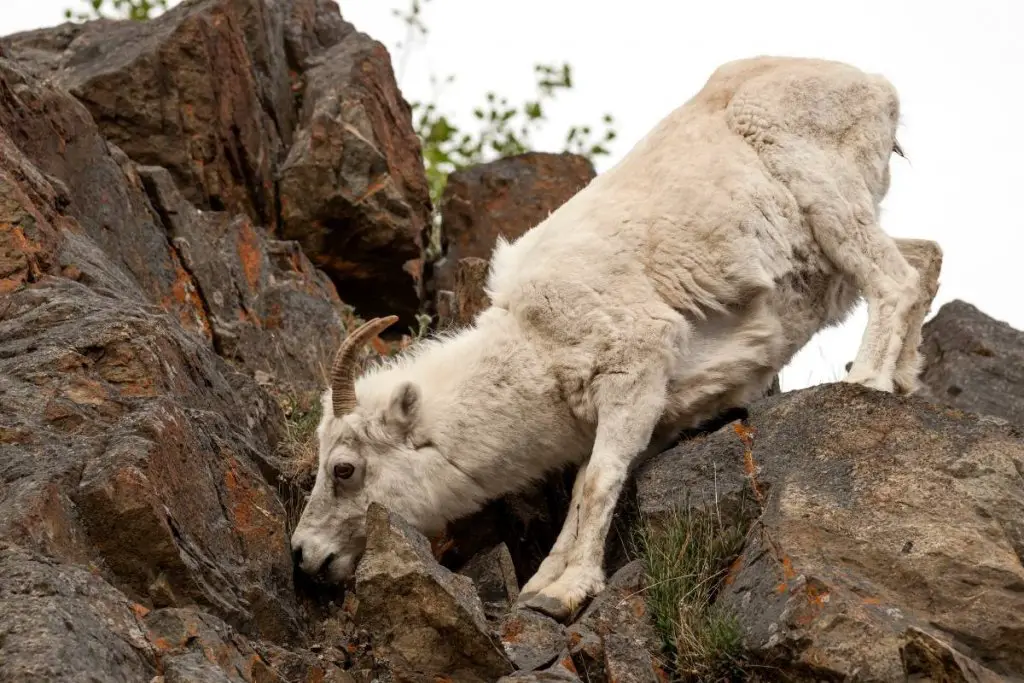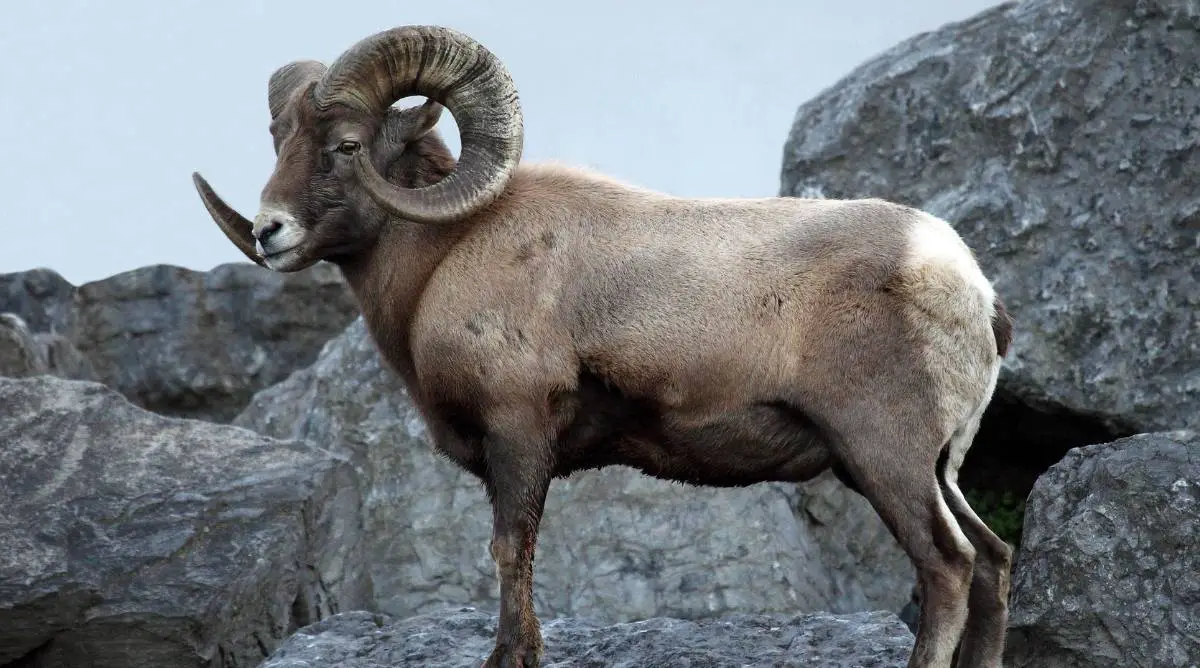Early sheep survived for thousands of years before human intervention because they shed their wool naturally and relied on their instincts to protect themselves from predators. Human domestication of sheep resulted in breeds that required shearing and protection. Today, there are still breeds of wild sheep that survive without humans.
Table of Contents
How did sheep live before humans?
The Asiatic mouflon, an ancestor of today’s modern sheep, lived in the wilderness before domestication. They protected themselves from predators by living in flocks and using their horns.
Wild sheep like the Asiatic mouflon survived without human intervention because they:
- Foraged for food
- Shed their wool naturally
- Adapted to their environment
- Knew how to protect themselves from predators
How did sheep survive without being sheared?
Wild ancestors of sheep used to possess a trait wherein their fleece shed off naturally, either by falling off or snagged on bushes and other objects during daily life.
You can still observe this quality among some modern breeds like the Soay and Shetland sheep.
When were sheep domesticated?
Domestication of wild sheep took place somewhere between 11,000 to 9,000 BC. Sheep are among the first animals domesticated by humans.
Mesopotamians initially domesticated sheep for meat and milk. It wasn’t until around 6,000 BC that they underwent selective breeding to produce woolly coats.
The Asiatic mouflon and Bezoar ibex shared the same genetic traits as today’s modern sheep and goats. However, artificial selection by humans has led to radical changes in the genes over time.
Are there still wild sheep?

Yes, there are still wild sheep. Certain breeds that were never domesticated are still able to thrive in the wilderness. There are laws in place in many countries limiting the hunting season for these animals to ensure their preservation.
Wild sheep are often found in terrain like canyons, hills, or mountains, but this varies depending on the environment to which each breed has adapted.
What is the wild version of a sheep?
Here are some examples of wild sheep:
- Desert bighorn
- Bighorn sheep
- Dall sheep
- Stone sheep
These wild sheep retain a more rugged appearance (large horns and long, shaggy hair). Their winter coats are not as fluffy as modern sheep, many of which have been bred to produce wool.
What is the difference between a wild sheep and a domesticated sheep?
| Wild sheep | Domestic sheep |
| Adapted to their environment | Bred for wool and meat |
| Can protect themselves from predators | Require protection from predators |
| Don’t need to be sheared | Most need to be sheared by humans |
| Thrive in rugged terrain | Thrive on the plains and in easy grazing areas |
| Eat grasses, clover, and sedges | Often eat silage and food provided by humans |
What sets wild sheep apart from domestic sheep is their adaptability to their habitats, as well as the traits that are most advantageous to each.
Domestic sheep like Merino sheep are bred to adapt to the plains. This is where humans perform regular sheep shearing. Since domesticated sheep are raised mainly for their wool and meat, humans bred them to improve their quality and increase profitability.
Wild sheep can be found in harsher climates and more rugged terrain. They are more likely to have horns for protection and less likely to have large wool coats.
What do sheep eat in the wild?
As herbivores, sheep in the wilderness commonly eat:
- Grasses
- Clover
- Sedges
Wild sheep eat woody plants such as willow and sage during the cooler seasons. Meanwhile, wild desert sheep get nourishment from desert plants, such as cacti and holly.
What happens to wild sheep if they’re not sheared?
Wild sheep do not need to be sheared by humans. They evolved to shed their wool on their own.
However, if a domesticated sheep wanders into the wilderness, the unsheared excess wool will cause:
- Overheating
- Discomfort
- Limited mobility
- Breeding environment for parasites, such as ticks and maggots

